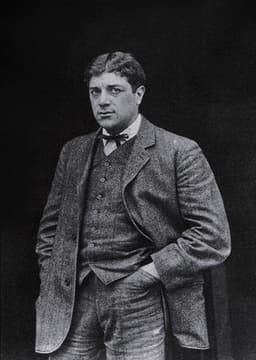
Georges Braque
@georges-braque
Georges Braque: Pioneer of Modern Art
Georges Braque was a French artist born in 1882 who fundamentally transformed how we perceive and represent visual reality. Alongside Pablo Picasso, he stands as one of the twentieth century's most innovative painters, revolutionizing art through the development of Cubism. Braque's journey from conventional painting to avant-garde experimentation demonstrates the power of artistic evolution and collaboration.
Initially influenced by Fauvism's bold colors and expressive brushwork, Braque soon discovered Cubism, which became his defining contribution to art history. Beginning around 1908, he began fragmenting and reassembling objects from multiple viewpoints simultaneously, creating compositions that challenged traditional perspective. His early Cubist works explored how viewers could understand form through abstraction and geometric deconstruction. Unlike Picasso's more aggressive approach, Braque's Cubism remained nuanced and intellectual, emphasizing visual analysis over emotional expression.
Among his most celebrated works are "Violin and Candlestick" and "Still Life with Pipe," which showcase his mastery of layered planes and limited color palettes. Braque also pioneered collage techniques, incorporating newspaper clippings, wallpaper, and sand into paintings, blurring boundaries between fine art and everyday materials. His innovations expanded artistic possibilities for generations to come.
Beyond his groundbreaking paintings, Braque's influence extended to sculpture, printmaking, and decorative arts. He received numerous honors throughout his career and remained creatively active until his death in 1963. Today, Braque is recognized as an essential figure in Modernism whose intellectual approach to representation continues inspiring artists and challenging viewers to see beyond conventional visual perception. His legacy reminds us that true artistic innovation requires courage, collaboration, and unwavering commitment to formal experimentation.